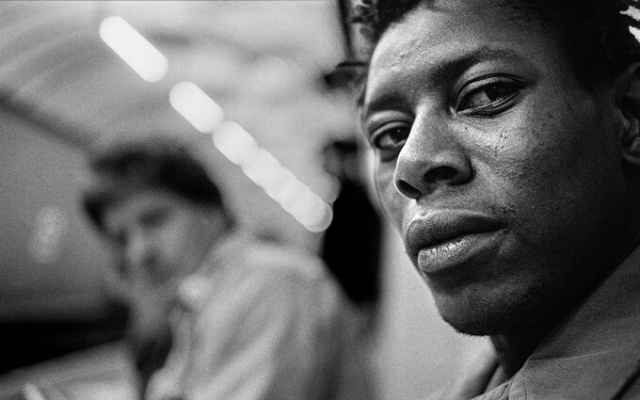 Self-portrait, underground, 1987 © Lanre Fehintola
Self-portrait, underground, 1987 © Lanre Fehintola
I saw my friend die on the screen and cried tears of joy and sadness .< /p>
My Friend Lanre is a documentary film by award-winning director Leo Regan. It uses decades of footage to create a moving, intimate portrait of a man in the final weeks of his life, battling terminal cancer, trying to connect the threads of his past while facing the threat of his own extinction.
The story is about Lanre Fehintola, a charismatic and talented photographer who has lived a chaotic, wayward life on the fringes of society, but is driven by a true compassion for others and a passionate desire to find purpose, to create art, to make some kind of impression on others. world. He was 63 years old and was not ready to die. And yet there he was, exhausted and exhausted, on the treatment bed in his living room, staring into the camera lens, staring her straight in the face. “Damn it, Lanre, even death needs to be turned into art,” he breathes. “Or a joke. What a fucking joke.”
My friend Lanre shook me to my core because Lanre was my friend too.
The director Leo Regan and I were in a band together in Ireland and later shared a flat in London in the 1980s . Lanre and I met in 1986, when we were all in our twenties and starting to move toward careers in journalism. Leo and Lanre studied photography together at the London College of Printing. Lanre was a charismatic, witty man with a dark past.
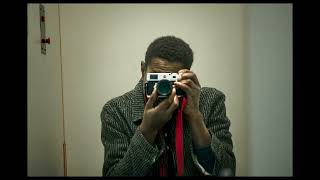
He was born in Nigeria in 1958 and moved with his family to England at the age of two. His father was an accountant and his mother ran a nursing home in Bradford, but his upbringing was strict and unhappy. A naughty child, Lanre often ran away until he was sent to an orphanage at age 11. He repeatedly clashed with his guardians and was sent to a reform school in Durham at the age of 12, never appearing before a magistrates' court. Although his parents could have taken him away at any time, he remained there until he was 15.
Lanre has become an unreconstructed, self-proclaimed «bad guy». Petty juvenile crime soon escalated into robbery, burglary and drug dealing. And then prison. When Lanre went inside for the second time (a three-year sentence for robbery with threats), his attitude began to change. “In prison you have free time,” he once told me. “I became interested in reading and began to think. I always wanted to make a statement, and crime was a way to do that, even if it was just reputation, ego. I realized there were other ways to make a statement.” He began to develop an interest in photography. Smart, creatively savvy and with all the wrong connections, he quickly achieved success as a photojournalist.
Lanre, Leo and I formed a team, supporting each other, and embarked on our new careers with the zeal of new converts. Our heroes were the great writers of the New Journalism movement of the sixties, such as Tom Wolfe and Hunter S. Thompson (who spent a year with motorcycle gangs and suffered severe beatings while writing his seminal book Hell's Angels), and photographers such as Sebastian Salgado. and W. Eugene Smith, who immersed themselves in communities to capture the essence of their subjects.
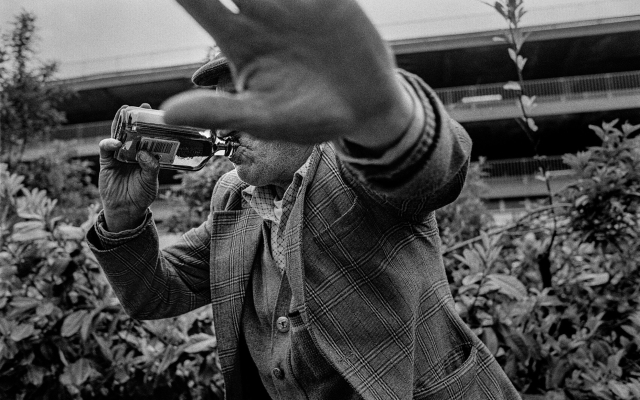 London, 1987, author Lanre Fehintola Photo: ©Lanre Fehintola
London, 1987, author Lanre Fehintola Photo: ©Lanre Fehintola
This is exactly the approach we took. While documenting the lives of the poor in London, Lanre became homeless himself. Leo spent years interacting with right-wing skinheads, leading to the acclaimed book Public Enemies and the Bafta-winning documentary 100 Percent White. Meanwhile, I was making a name for myself at GQ, spending months solving hard crime stories, often in collaboration with Lanre, who acted as my confidant, advisor and guide as we navigated the underworld he was much more familiar with than I was. .
There was a turning point in 1993, and I still remember that conversation. Lanre was deeply involved in a project about Bradford's «front line» of drug use, petty crime and prostitution, and as we drove through the city he said he was thinking about taking heroin. Just to see how it was. Just to gain the trust of the people he was photographing. Just for a couple of weeks. “How else can I get into this story?” he asked. To my shame and regret, I agreed that this was a good idea.
I really thought that Lanre was so strong, so dedicated to his ideals, that he would be able to use the drug without it affecting him. But it took his life. This ruined his work. This destroyed his family. Hooked on the taste, Lanre fell into the very squalor and despair he was trying to document. But most importantly, he never stopped documenting his life, always carrying cameras, tape recorders and notepads with him, trying to convince himself that he was still a journalist.
The book was his lifeline, gradually turning into a wild autobiography. From time to time he sent us huge stacks of papers and photographs, usually in a state of great disarray, but offering an eloquent and powerful insight into addiction. Leo and I helped with the editing, and the book was eventually published in 2000 as Charlie Says… Don't Get High on Your Own Supply.
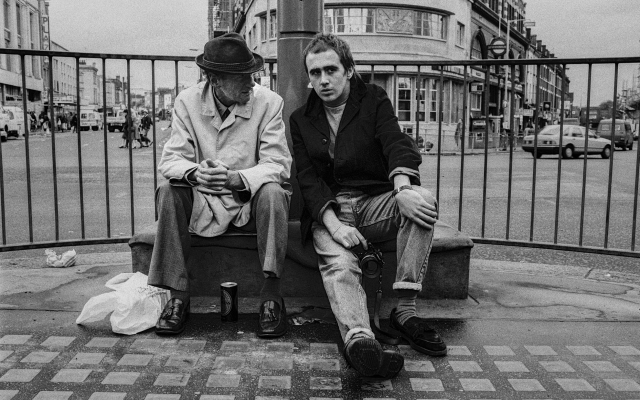 Camden 1986 © Lanre Fehintola
Camden 1986 © Lanre Fehintola
Leo moved on. He directed two acclaimed documentaries about Lanra: Don't Get High on Your Own Stock (1998) and Cold Turkey (2001). These were intense and powerful films, made as acts of love, with the clear goal of helping Lanra overcome his addiction. But it would ultimately take many more years, as well as further periods of imprisonment and rehabilitation, during which our lives would all fall apart. The last time I saw Lanre in person was almost 20 years ago. He was drug-free, in a relationship, living in the west of England and optimistic about the future. It was nice to see him.
And then in 2021 Leo called me and told me that Lanre was dead. I heard that he had cancer, but for some reason I did not notice the severity. This was during the Covid pandemic and everyone was locked down and isolated. But Leo sprang into action, effectively becoming Lanre's primary caretaker during his final months. The fact that they mutually decided to film this process did not surprise me. For them, it was a way to complete the story, to pay tribute to Lanre's brilliant but forgotten photographs, and for Leo to help his friend make sense of a life in which Lanre was effectively his own art project.
Leo's film is simply extraordinary, tough, loving and humane. I was shocked for days after watching it, suddenly finding myself stunned and spontaneously crying at odd moments. Obviously I have a deep personal connection, but there is power in the film itself. Louis Theroux, who knows a thing or two about documentary filmmaking, called it «intimate, raw, beautiful.» What a strange privilege to see a man right on the edge, simultaneously clinging to his life and letting it go.
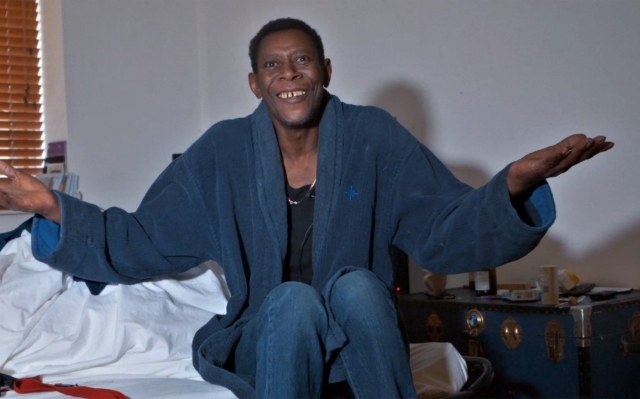 Still from the film «My Friend» Lanre»
Still from the film «My Friend» Lanre»
This is the fate that awaits us all, and that is part of the film's power. It seems to me that we live in a society that has become death-averse, and this encourages us all to act as if we are going to live forever. But where Lanre went, we all go. Watching him reach that precipice, overcoming doubt and fear but finding philosophical acceptance and even moments of joy, is a privilege. On the screen, Lanre came to life again, and I felt like I could say goodbye.
Still, I wish I had acted sooner, told him what he meant to me when he was still around. I hope he knew. And so I just want to say this: let your loved ones know you love them and keep your friends close. “I’ve done some crazy things,” a haggard and haggard Lanre tells the camera. “But you just do them because there’s always time… and there isn’t.” As he says this, he laughs and the screen flashes with his beautiful smile, the same as always.
My Friend Lanre will be released in select UK cinemas on January 29th, followed by Curzon — VOD Release from February 1




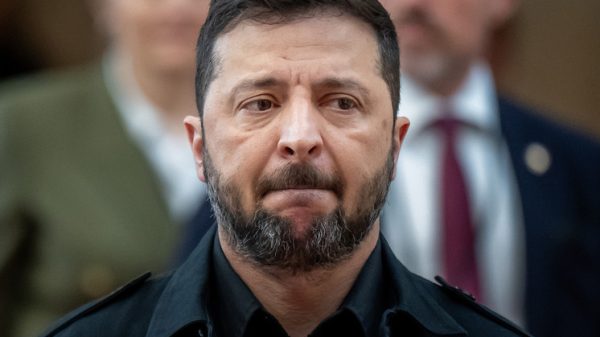
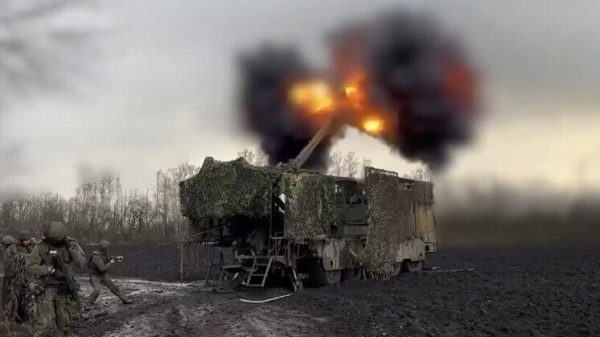



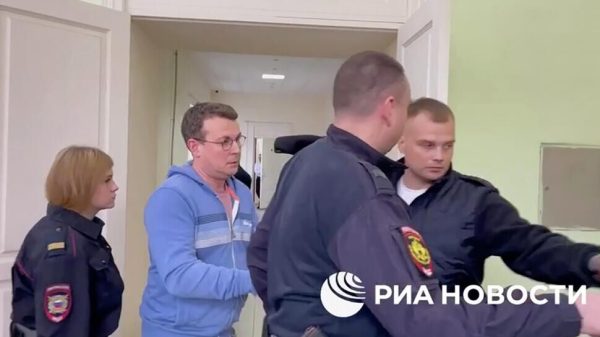

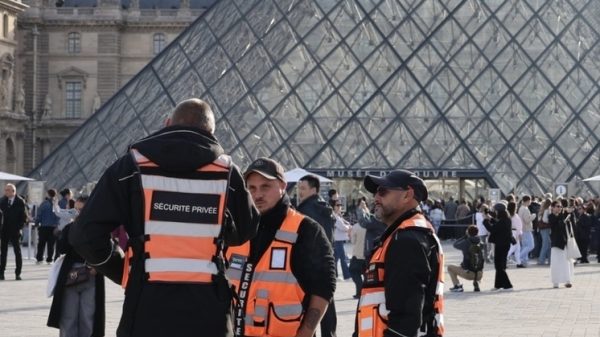



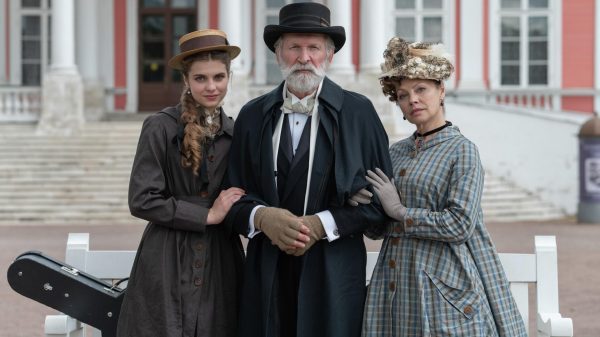
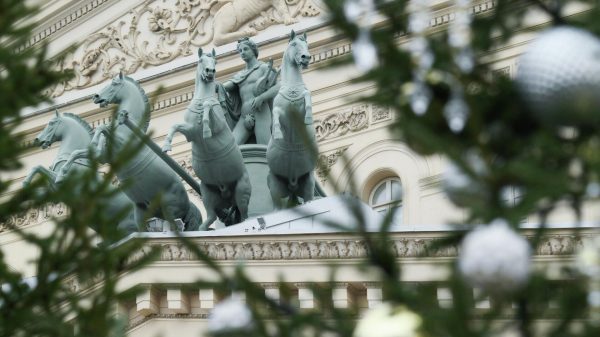


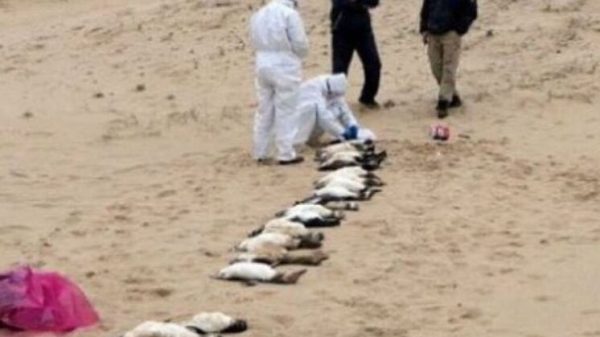
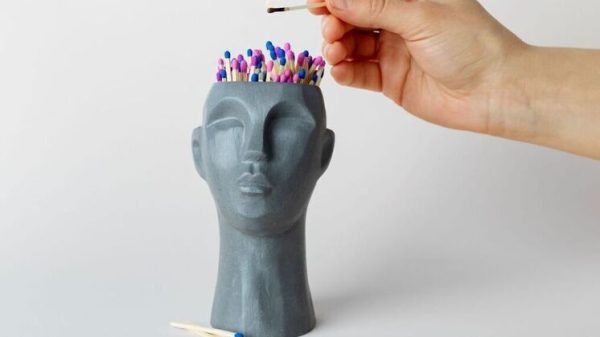
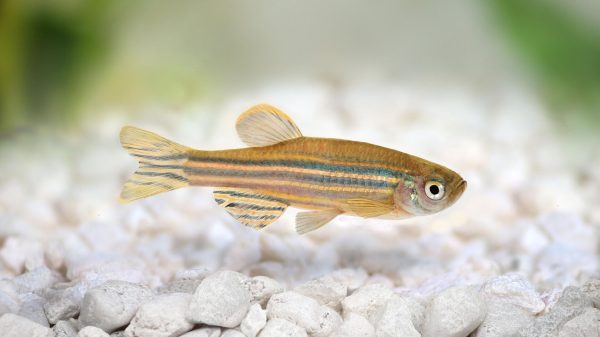


































Свежие комментарии